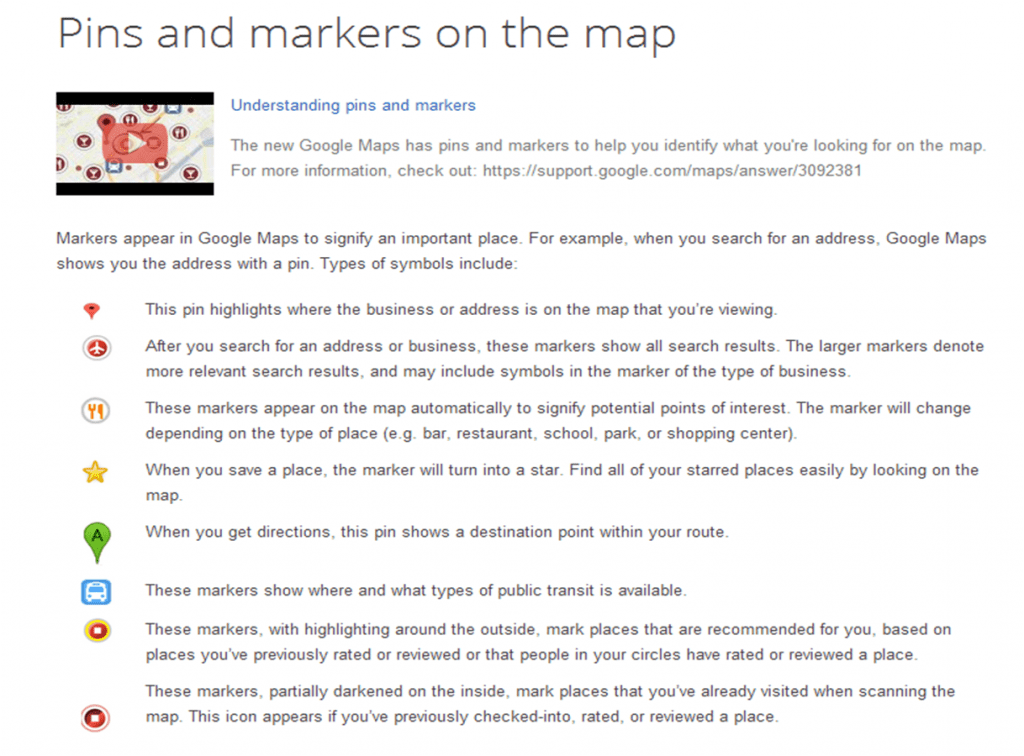 MyTravelResearch.com was lucky enough to be invited to Google as one of their Sydney City Experts to the Google Sydney MapUp where the shared goal of the room became to add as many businesses on Google Maps as we could. I guess Google is asking us to help them do the work. But there is definitely a mutual benefit for us all especially for local destinations that could get more local customers through Google Maps.
MyTravelResearch.com was lucky enough to be invited to Google as one of their Sydney City Experts to the Google Sydney MapUp where the shared goal of the room became to add as many businesses on Google Maps as we could. I guess Google is asking us to help them do the work. But there is definitely a mutual benefit for us all especially for local destinations that could get more local customers through Google Maps.
The exciting thing about the whole shebang is that Australia is the first country where Google will allow anyone to add any business or place of interest to Google Maps. If you live in another country, this function will be rolled out fairly quickly so don’t worry.
Previously, you needed to be a business, for example, claiming a Google My Business page to let Google know if your business was not on Google Maps. Or you had to rely on Google picking up your business from other sources, but now anyone can place a pin on the map.
Insight to Action: What Does This Mean?
It means that if you are a destination, a regional tourism organisation, or a local government area, you now have the power to ensure there is as much information as possible available online for potential travellers passing through your region. This is a fabulous way to stimulate your local visitor economy or get more local customers.
Mobile technology and ensuring information is available at all times is at the forefront of Google’s Philosophy. And products like Google Maps are becoming more important as we turn to our mobile devices more and more. And what’s more, Matt Cutts, head of the Google webspam team, indicated Google mobile queries have surpassed PC.
The Mobile Traveller Scenario
As we have discussed on our local tourism blog, mobile plays a critical role in a destination’s local visibility. Imagine road-tripping travellers driving into through a region just after 5 pm. The visitor information centre is closed and they are looking for a hotel and perhaps a restaurant that is open.  They might have a look around in the morning or stay another night if they see that the town has lots of things to do and places of interest. They pull out their iPad and start searching on Google Maps for this information. They are familiar with the iconic red pins and markers and how they relay the type of information they may be looking for in their travels. This includes places of interest, attractions, hotels, and restaurants.
They might have a look around in the morning or stay another night if they see that the town has lots of things to do and places of interest. They pull out their iPad and start searching on Google Maps for this information. They are familiar with the iconic red pins and markers and how they relay the type of information they may be looking for in their travels. This includes places of interest, attractions, hotels, and restaurants.
At this time of day, they are interested in accommodation and hotels as well as somewhere to eat. If the town looks like a red pin desert, that is, there is not a lot on the map, they may decide to move on to the next town, or they may decide to leave early the next morning, push on and not explore the town. If your town or region does not have many of its attractions, hotels, restaurants, shops, or places of interest on Google Maps, you run the risk of losing them.
What You Can Do?
This is great news if you are an overarching tourism body such as a Regional Tourism Organisation or a Destination – even a person with an interest in mapping or the tourism industry in your region. We all now can share the responsibility of ensuring relevant and interesting information about our places is available to the mobile traveller. Previously, it was left up to the entity or a business to claim their business page or for them to let Google know if it wasn’t on the map, now we can all do it and get the chance to get more local customers.
More of our content
We have our webinar presentation on local tourism trends that tackles local as it means; In destination searching for, Local information, and more. The presentation and report then go on to talk about how you can localise your destination and business.
Do you want to hear more from us?
Want to be kept up to date with the latest travel and tourism insights? Join Our Mailing List. Every 2 weeks, we send the latest practical insight for you to apply to your business and destination marketing.




Leave a Reply